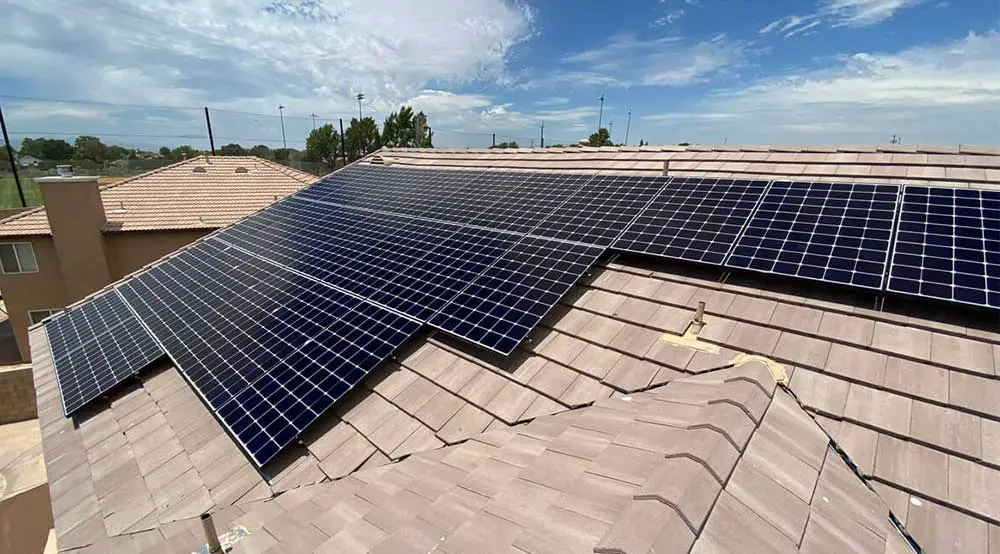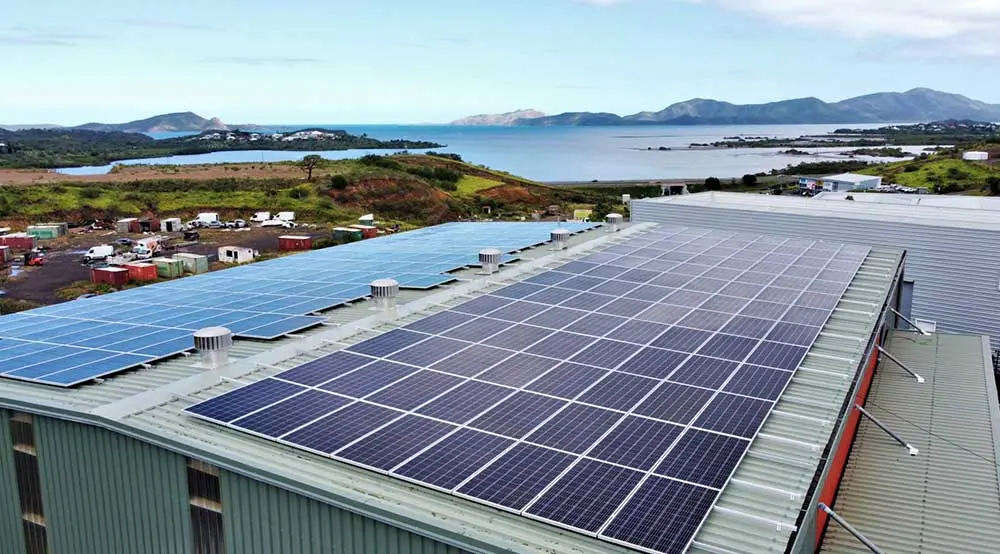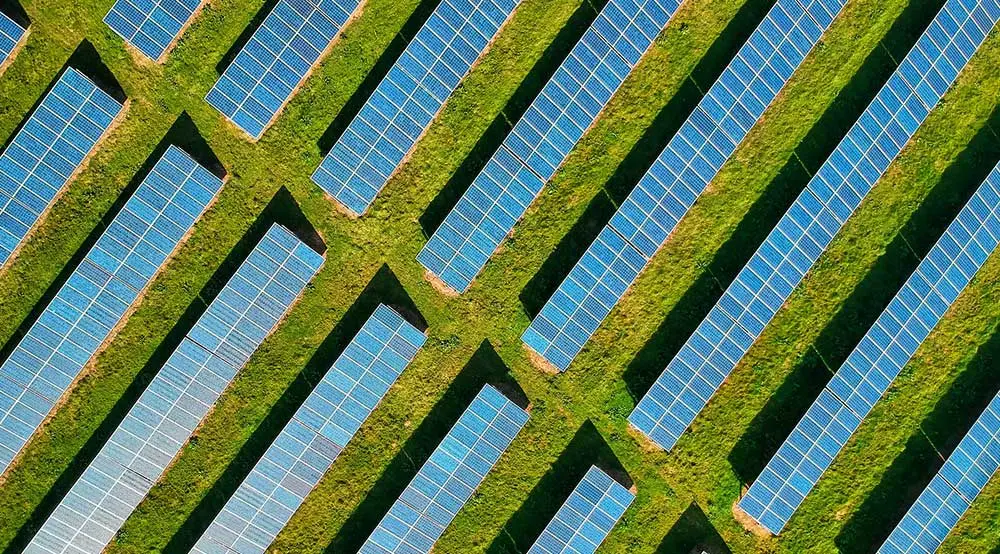Solar Pump Solutions: Sustainable Water Management
description1
Key Features of Solar Pumps
01
Energy Independence
02
High Efficiency
03
Durability and Reliability
04
Versatility
05
Eco-Friendly Operation
No greenhouse gas emissions or fuel consumption, promoting sustainability.
Types of Solar Pumps
01
Submersible Solar Pumps
02
Surface Solar Pumps
03
DC Solar Pumps
04
AC Solar Pumps
Applications of Solar Pumps
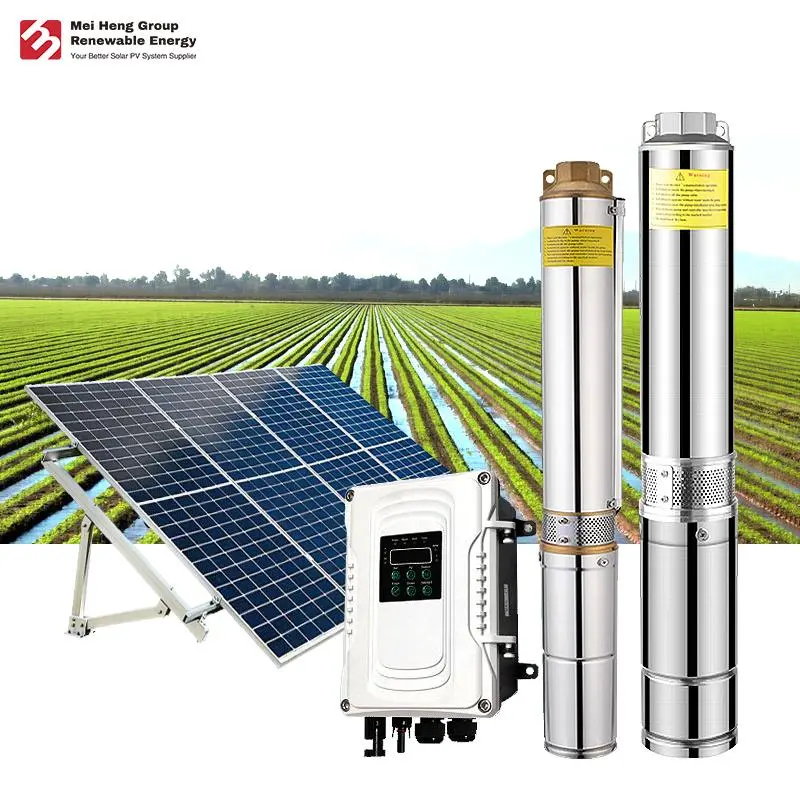
Agriculture
- Irrigation systems: Drip, sprinkler, and flood irrigation.
- Livestock water supply for farms and ranches.
Drinking Water Supply
- Rural and remote communities.
- Urban water distribution systems.
Industrial Applications
- Water supply for manufacturing processes.
- Effluent and wastewater management.
Aquaculture
- Oxygenation and circulation for fish farms and shrimp ponds.
Advantages of Solar Pump Systems
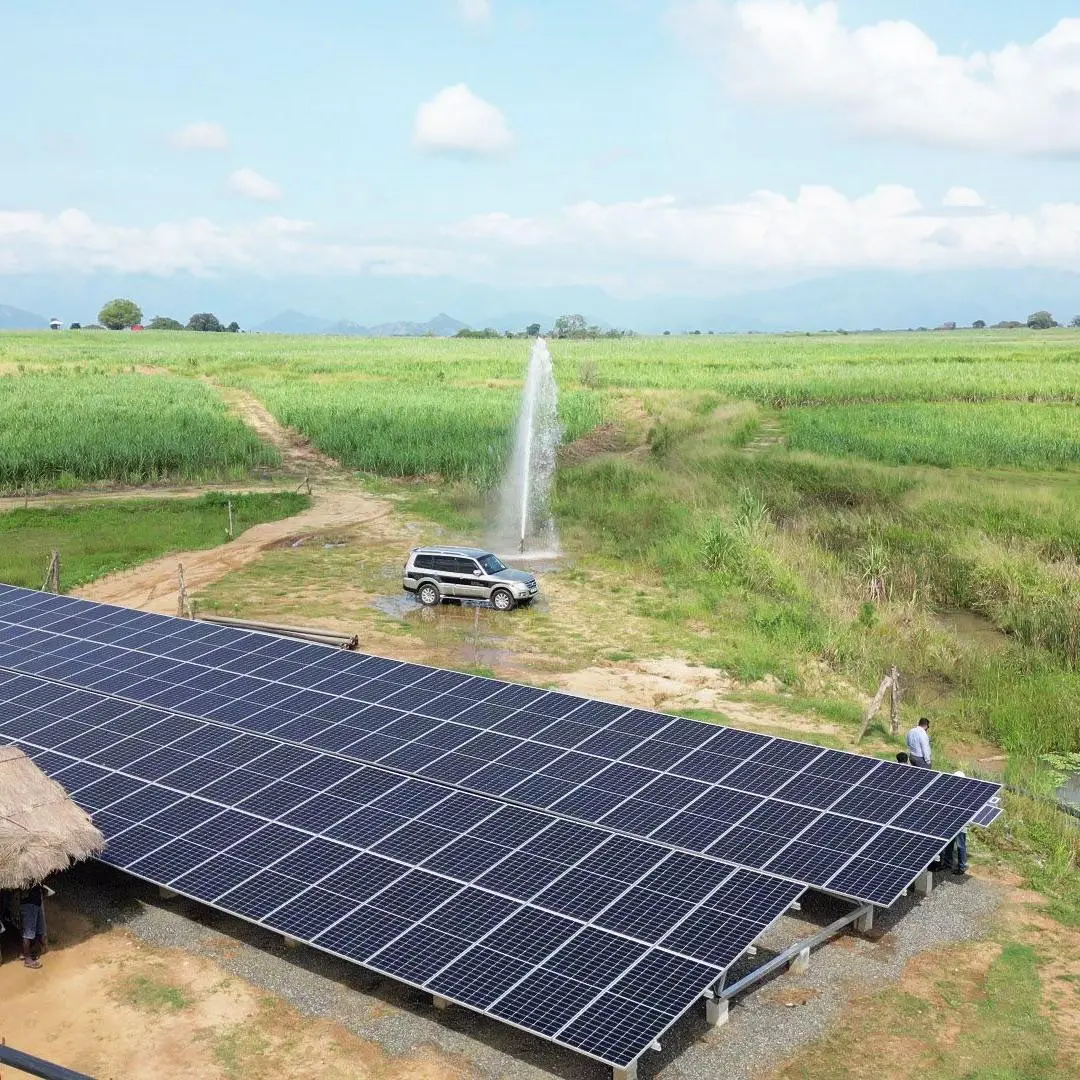
Cost Savings
- No recurring fuel costs or electricity bills.
- Reduced operational and maintenance expenses.
Scalability
- Modular designs allow easy scaling based on water demand.
Uninterrupted Operation
- Reliable water supply even in remote areas with no grid access.
Environmentally Friendly
- Promote sustainable water management with zero carbon emissions.
Components of a Solar Pump System

Solar Panels
- Provide the necessary energy to power the pump.
Pump Controller/Inverter
- Regulates voltage and current to ensure smooth pump operation.
Water Pump
- Submersible or surface type based on the application.
Mounting Structure
- Supports solar panels for optimal sun exposure.
Piping and Storage Tank
- Distribute and store water efficiently.
Why Choose Our Solar Pump Solutions?
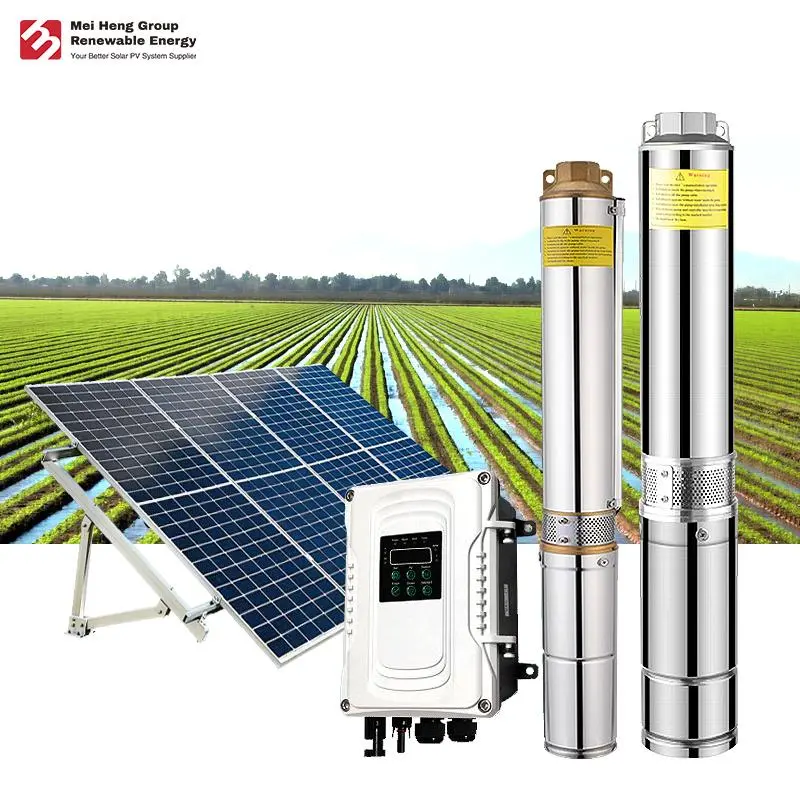
- High-Quality Components: Durable pumps and reliable solar panels.
- Tailored Solutions: Designed to meet specific water and energy needs.
- Expert Support: From system design to installation and maintenance.
- Global Expertise: Proven solutions for diverse climates and terrains.
Empowering Water Access with Solar Pumps
Solar pump solutions are transforming water access, especially in underserved areas. By leveraging clean energy, they ensure a sustainable, cost-effective, and eco-friendly approach to water management, driving global progress in agriculture, industry, and community development.


